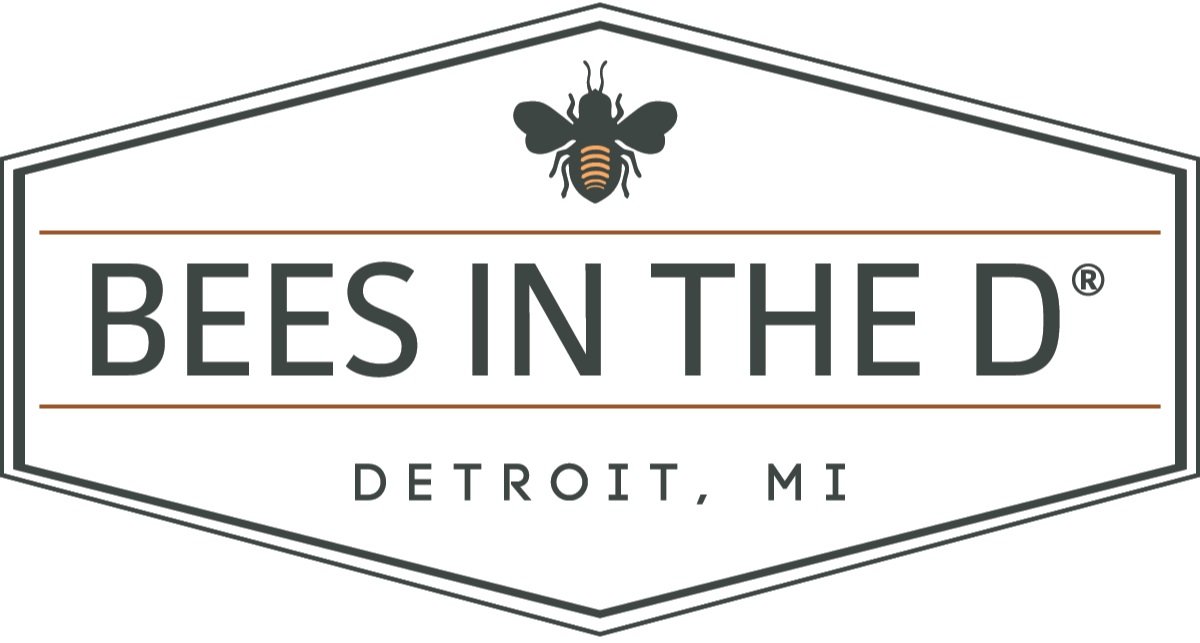Bees in the D: Making Detroit a Pollinator Paradise, One Hive at a Time
Author KATHRYN KOCHANOWICZ, CONTENT SPECIALIST
“At the end of the day, it’s about the bees—not the keeper,” says Brian Peterson-Roest, founder of Bees in the D.
Earth is host to millions of species working together to sustain life as we know it. Pollinators, namely bees and butterflies, are responsible for one in three bites of food we eat, and their populations are under serious threat from climate change, environmental contaminants, parasites, disease and habitat loss. A 2016 study found that more than 40% of invertebrate pollinator species faced extinction. If pollinator populations were to experience even greater declines or go extinct altogether, our world would look (and taste) quite different. To prevent further species loss and greater ecological damage, pollinators need human beings to take up their cause.
An elementary school teacher for over 25 years and self-proclaimed “science geek,” Brian Peterson-Roest wants Bees in the D to be a voice for the pollinators. “Bees are the powerhouse of pollinators and are basically the base of the pyramid for the human food industry and our whole ecosystem. But unfortunately, our pollinators’ numbers are declining.”
Since the beekeeping organization began its work in 2016, their hive network has expanded from six to over 225 hives across more than 70 locations throughout the Detroit metro area. The nonprofit centers education and conservation in their programming and projects, and is always evolving to meet the needs of the community, the cause and the planet.
Peterson-Roest sees the pollinator-support work of Bees in the D as part of a domino effect across multiple areas of need, like food deserts and food insecurity. He notes that the introduction and proliferation of urban beekeepinghas had markedly positive effects on urban gardening production in only a few short years. “When people think about saving the bees, they probably don’t realize that when we save the bees, we help our food industry because helping our pollinators indirectly helps produce more produce. You’re also helping urban gardens, food banks and the communities affected by food insecurity.”
A point of pride for Peterson-Roest is Bees in the D’s work with the Girl Scouts. After a period of waning interest, the Scouts’ beekeeping patch was discontinued. Learning this, Bees in the D saw reinstating the patch as a great way to increase youth engagement with beekeeping and pollinator education, and Girl Scout troops across southeast Michigan agreed. “It’s just mind boggling how popular it’s become. It brings me a lot of joy to help bring these young women into science and watch how it melts away some of the misconceptions and fears that a lot of people have about bees.” Their programming with the Scouts has been so successful that Bees in the D has expanded their tour offerings to meet demand.
Of course, there are easy things anyone can do at home to support pollinators. Peterson-Roest notes that filling just a single pot at your home with native plants is a step in the right direction.
“We’re realizing now that our native plants were designed for this area, and they help create way stations for our pollinators. Native plants are not only beautiful, they’re also important to the natural world and helping our native pollinators along.”
Helping this cause does, however, go well beyond planting natives or setting up a backyard hive, or apiary. “A lot of people think that if you put a box in your backyard, [the bees] will come—but bees don’t work like that,” he says, adding, “People don’t realize how much management there is for the hives.” That’s where philanthropic support, including consistent grant recommendations from DAF donors, can help.
About the Author
Kathryn Lena Kochanowicz is a Content Specialist at National Philanthropic Trust. She graduated from Gettysburg College with a degree in English Literature & Creative Writing, and currently resides in Hatboro, PA.



